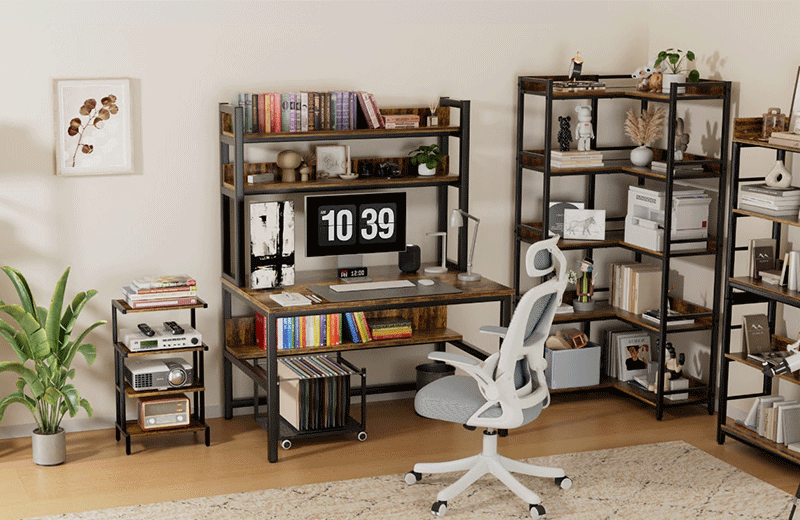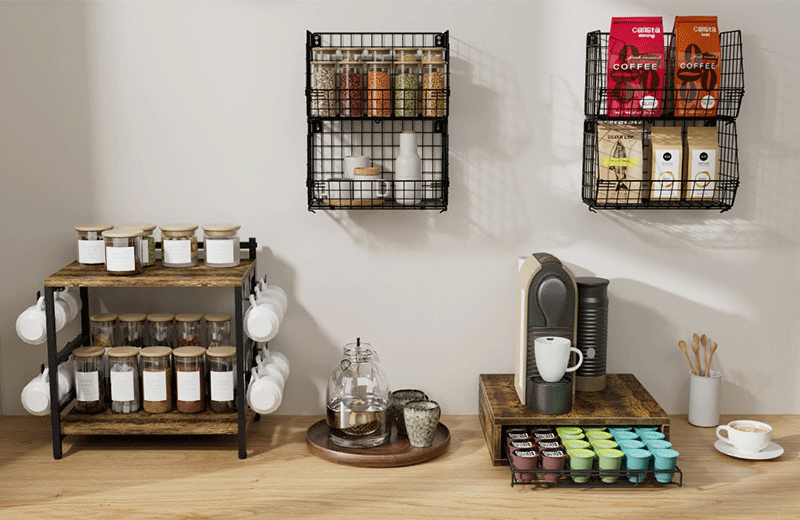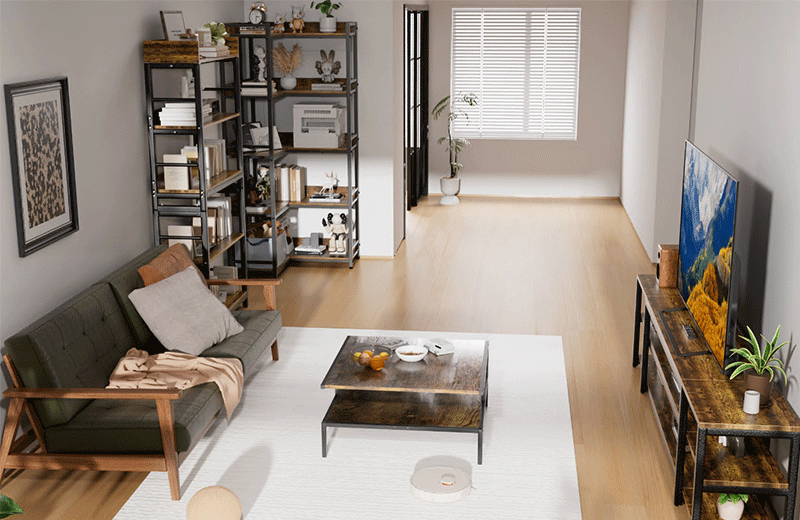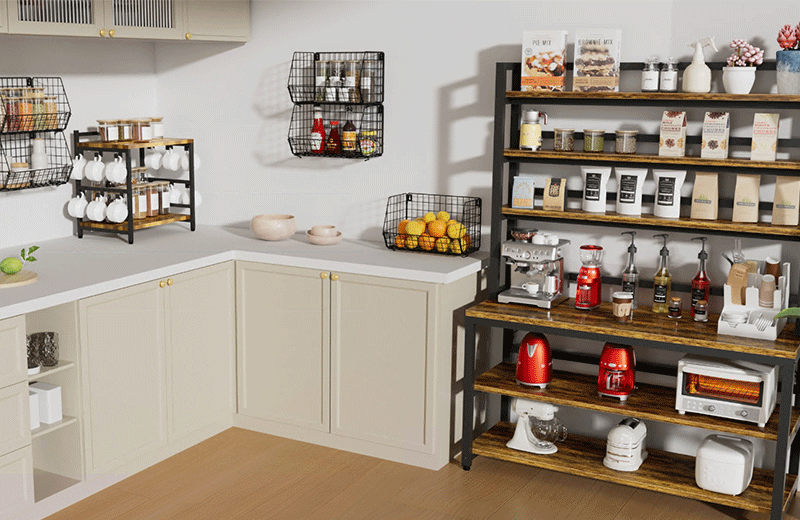The weight limit of a desk is the maximum weight it can hold without risking structural integrity or stability. Pushing beyond this limit can result in several problems:
- Structural Damage: Overloading can lead to warping, cracking, or even collapse, causing damage and necessitating costly repairs or replacements.
- Safety Hazards: An overloaded desk may become unstable, increasing the risk of items falling or the desk tipping over.
- Reduced Lifespan: Constantly exceeding the weight limit can weaken the desk's materials and joints, leading to premature wear and tear. Understanding your desk's weight capacity is crucial for using it safely and effectively without the risk of damage or injury.
Factors Influencing Desk Weight Capacity
-
Material: The construction material significantly affects a desk's strength and weight-bearing capacity.
- Solid Wood Desks: Typically strong, with capacities ranging from 200 to 500 pounds or more.
- Particleboard/MDF Desks: Less sturdy, with lower capacities of 50 to 150 pounds.
- Metal Desks: Durable and strong, often supporting 200 to 500 pounds.
- Glass Desks: Stylish but generally with lower capacities of 50 to 150 pounds.
-
Design and Structure: The desk's design and structure also play a significant role.
- Frame Strength: Sturdy frames, especially metal or reinforced wood, support more weight.
- Leg Design: Thicker legs or additional support beams increase stability and weight capacity.
- Joint Quality: High-quality joints and fasteners better distribute weight and maintain capacity over time.
-
Size: While larger desks may distribute weight more effectively, material and design are more critical than size alone.
-
Adjustable vs. Fixed Desks: Adjustable desks, especially motorized ones, may have lower weight limits due to mechanism constraints, typically 100 to 300 pounds.
Common Desk Types and Their Weight Capacities
- Office Desks: Designed for everyday use, supporting 100 to 300 pounds.
- Gaming Desks: Built to hold multiple monitors and equipment, often supporting 200 to 400 pounds.
- Standing Desks: Limited by lifting mechanisms, most support 100 to 300 pounds.
- Writing Desks: Smaller and lighter, typically supporting 50 to 150 pounds.
- Workbenches: Built for heavy-duty tasks, often exceeding 500 pounds.
Determining Your Desk's Weight Capacity
- Manufacturer’s Specifications: Check the user manual or product listing for weight capacity.
- Materials and Design Inspection: Assess the desk's materials and construction if specifications are unavailable.
- Gradual Testing: Start with lighter items and gradually add weight, monitoring for signs of strain.
Tips to Maximize Weight Capacity
- Even Weight Distribution: Spread heavy items across the desk surface to reduce strain.
- Reinforcement: Add support beams or brackets to improve stability.
- Desk Mat: Use a mat to prevent sliding or wobbling on slippery floors.
- Avoid Overloading: Consistently placing items near the maximum limit can cause long-term damage.
- Upgrade: Consider a more robust desk if your current one cannot support your needs.
Signs of Overloading
- Sagging or Bending: A clear sign of overloading.
- Creaking or Cracking: Indicates stress on the materials.
- Wobbling: Suggests risk of collapse.
- Visible Damage: Cracks, splits, or warping indicate excessive strain.
If you notice these signs, reduce the load immediately to prevent further damage.
Conclusion
A desk's weight capacity is determined by its material, design, size, and use. Solid wood and metal desks usually support more weight, while lighter materials like particleboard or glass have lower limits. Always check the manufacturer’s specifications and distribute weight evenly to avoid overloading. For heavy equipment, consider a more durable desk. By taking these precautions, you can ensure your desk remains sturdy, safe, and reliable.







